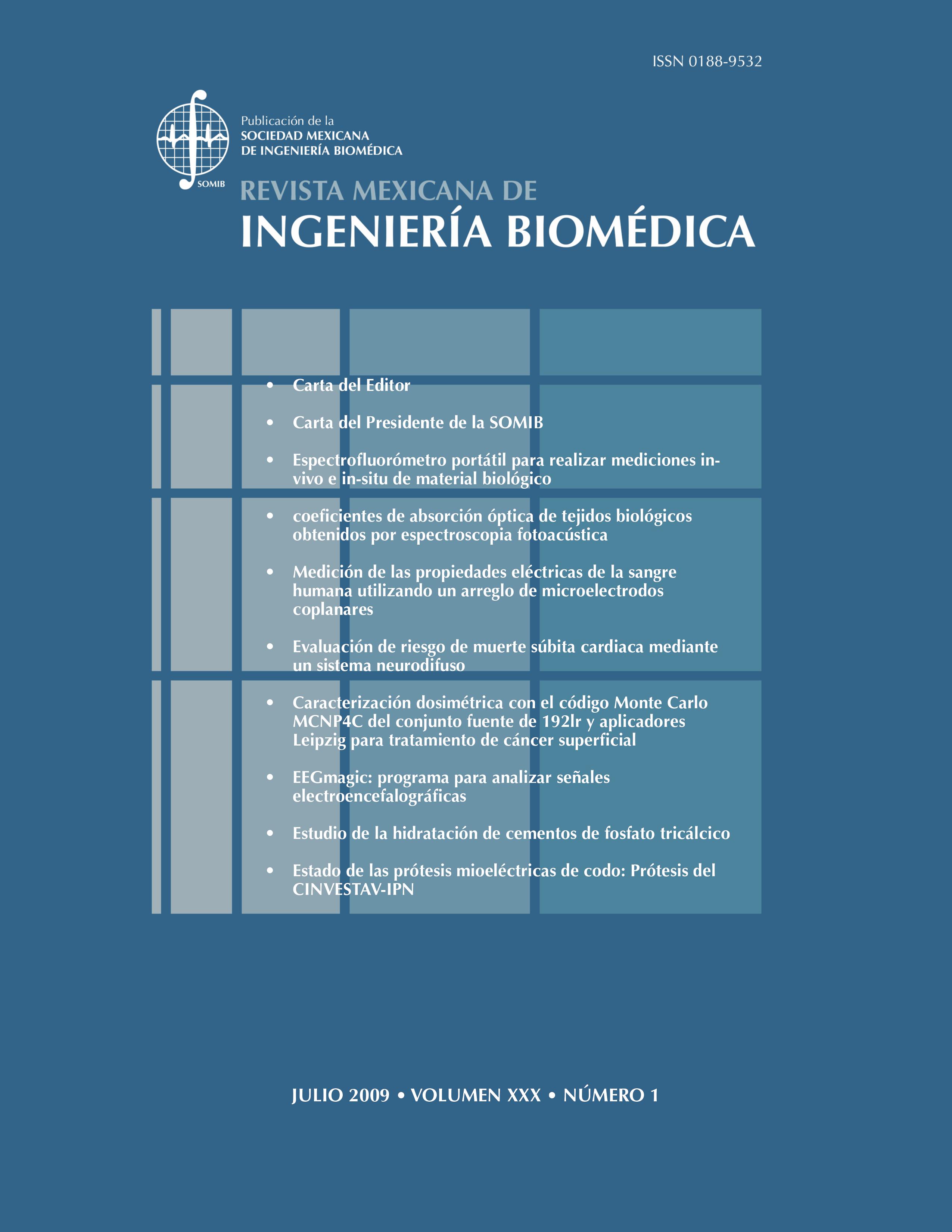Estudio de la hidratación de cementos de fosfato tricálcico
Abstract
The reaction kinetics, the microstructure and transformation mechanism of reagents of three biocementos based on α-tricalcium phosphate (TCP-α), seeds hydroxyapatite (HA) and zirconium oxide (ZrO2), were studied. It was found that the use of additives enriched with Ca or P, with higher solubility than the solubility of the reactive, it favors the sobresaturation of the liquid phase, which precipitates in CDHA or HA. The CaCl2 and NaH2PO act as important sources of Ca2+ and PO43- , it was found that the used concentrations in liquid phase convert completely α-TCP in HA in hours, also that the crystallinity is higher employing salts NaH2PO4 than Na2HPO4. They have the advantage over cement of methyl methacrylate, that are usually used, that they react below 40°C while the MMA reach it near to 100 °C damaging the surrounding tissue. In addition, these biocements are bioactive and bioabsorbable. They are proposed for the repair and bone fixation implants and/or prosthetics.
Downloads
Downloads
Published
How to Cite
Issue
Section
License
Upon acceptance of an article in the RMIB, corresponding authors will be asked to fulfill and sign the copyright and the journal publishing agreement, which will allow the RMIB authorization to publish this document in any media without limitations and without any cost. Authors may reuse parts of the paper in other documents and reproduce part or all of it for their personal use as long as a bibliographic reference is made to the RMIB. However written permission of the Publisher is required for resale or distribution outside the corresponding author institution and for all other derivative works, including compilations and translations.




